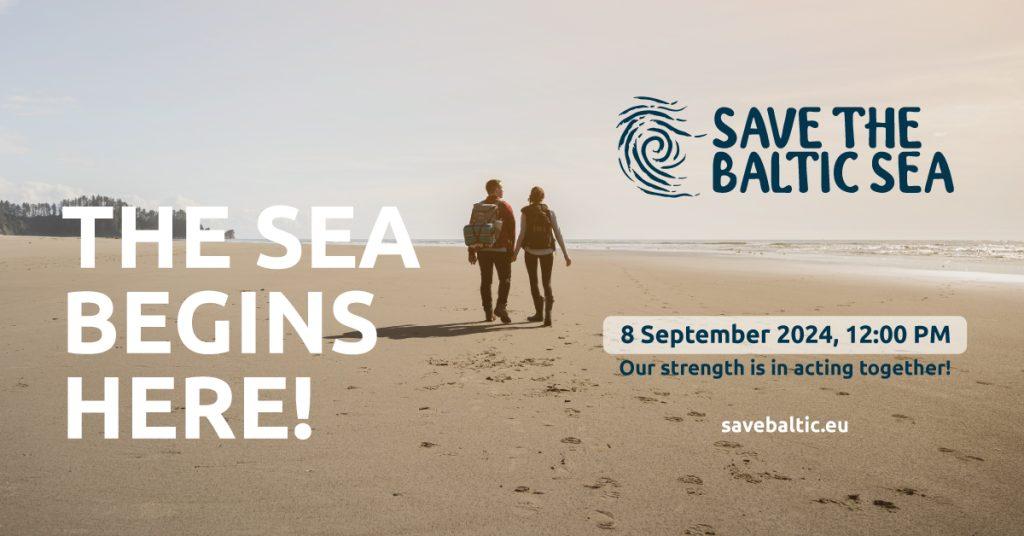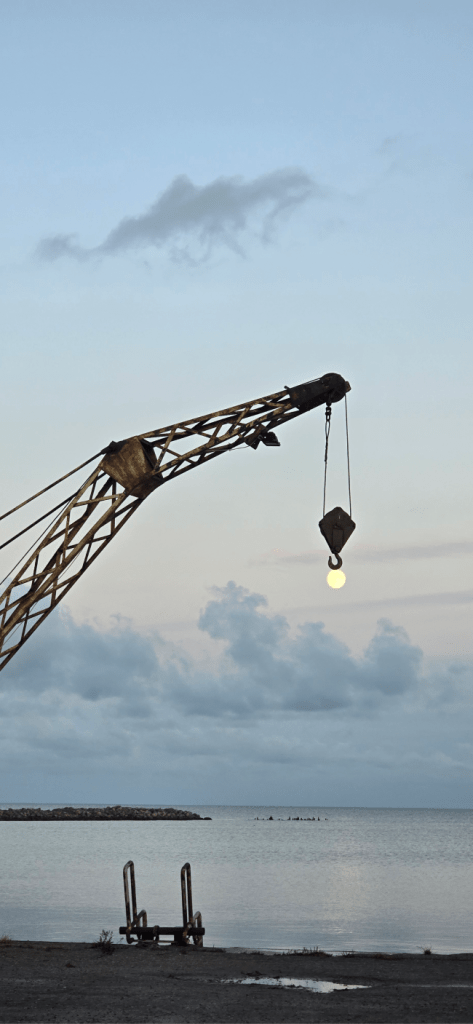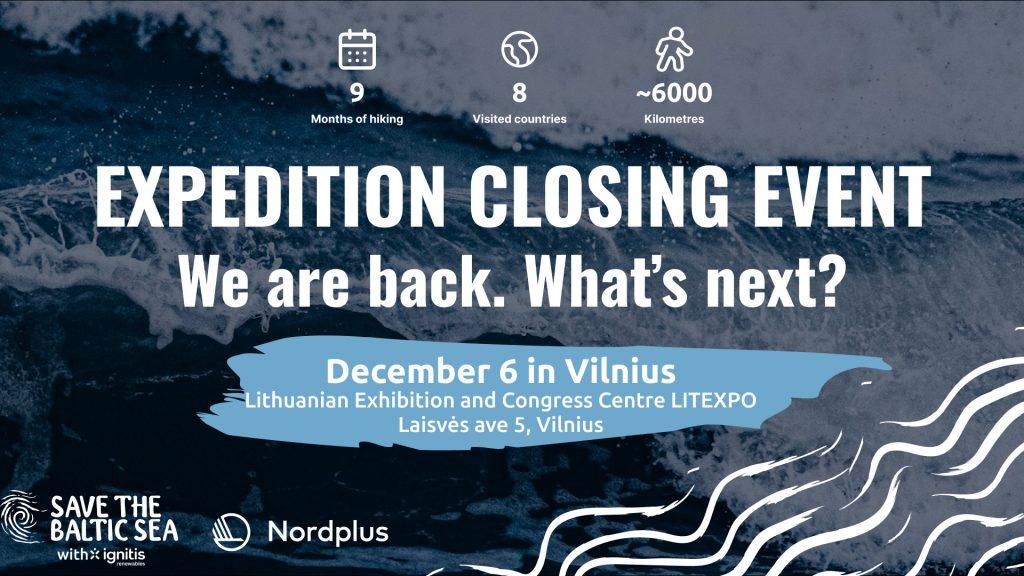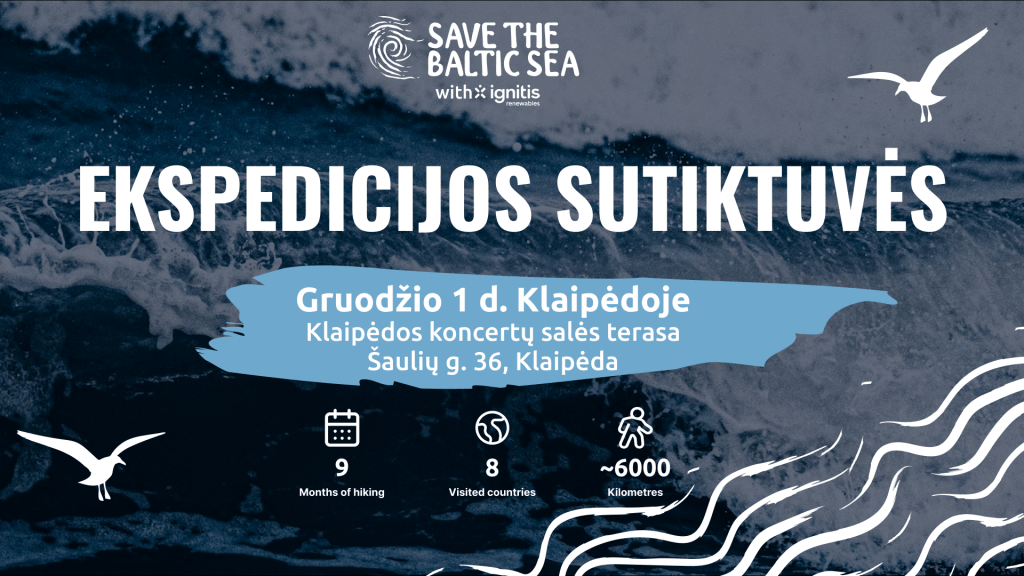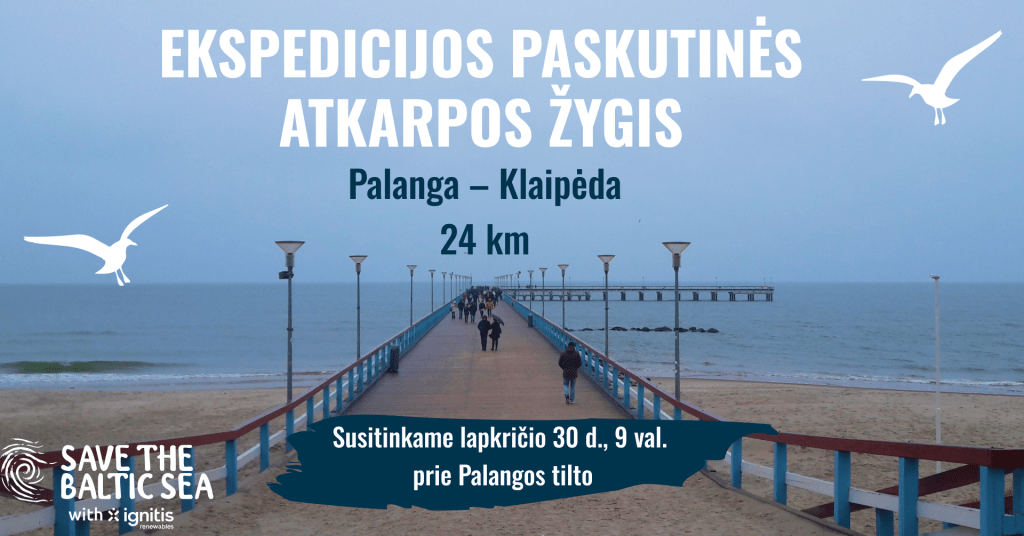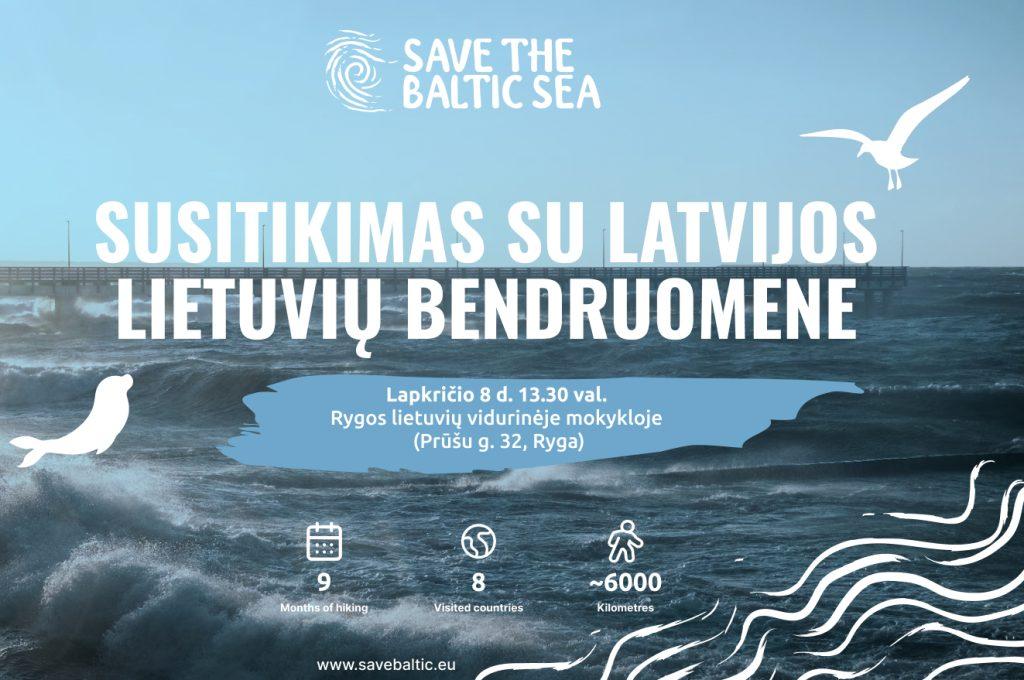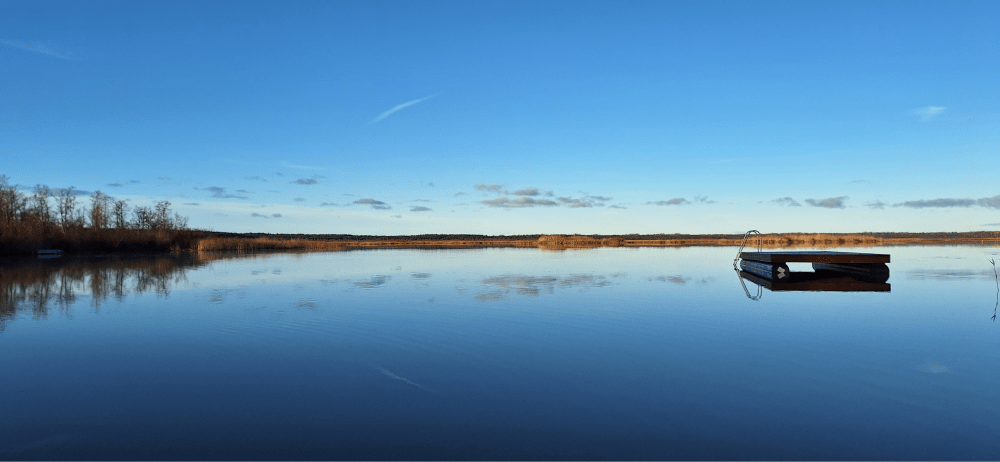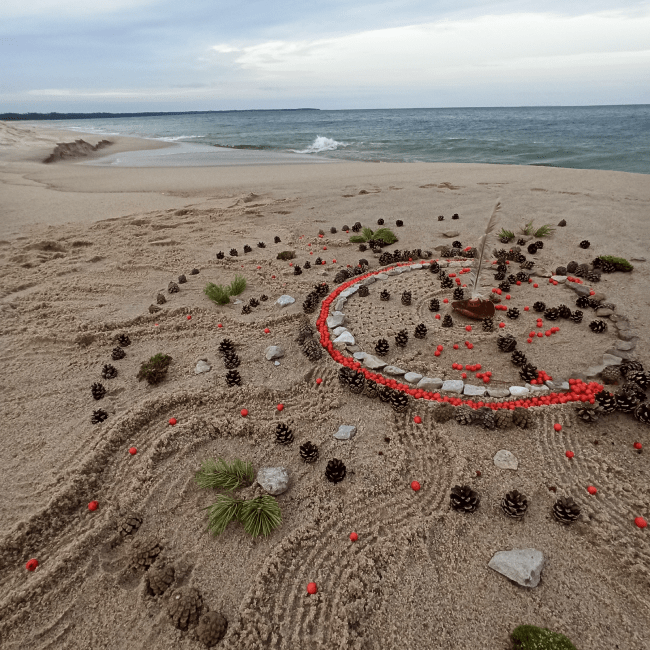Our plastic consumption is consuming us
Oct. 23, 2024
AI generated photo: free online AI generator of www.canva.com
We are what we eat, and plastic consumption has taken on a whole new meaning in recent years. Concerns for both human and ecosystem health are arising from new microplastic studies, as we start to comprehend their catastrophic absorption abilities.
Plastic doesn’t always look or sound like plastic. Over the years, manufacturers have developed clever ways of moulding this material into new hybrids which sound less synthetic, but are plastic-based all the same.
Did you know these contain plastic? And how many can you find in your wardrobe?
- Polyester – made from chemically-treated petroleum. Releases up to 1.5 million microplastics per wash. Production releases ~282 billion kg of CO2 per year. Can be recycled, but <1% is used to make new clothing. Takes >500 years to decompose [1].
- Acrylic – made from chemically-treated petroleum. Releases more microplastics than any other synthetic fabric. Chemicals used in treatment contaminate soil and water. Takes >200 years to decompose, releasing carcinogenic chemicals in the process [1].
- Nylon – made from coal, water and air. Releases ~200 ppm of microfibres per wash and dry cycle. Releases nitrous oxide, a greenhouse gas 300 times more potent than CO2. Largely unrecycled, takes 30-40 years to decompose [1].
Some others you might know are:
- Spandex (lycra or elastane)
- Polypropylene
- Fleece
- Rayon (viscose)
- Velvet
Making a microplastic
When under friction, plastic materials shed small fibres and break into particles we can’t always see. These microplastics range from 0.1-5,000 micrometres (µm) in size, and an even smaller subdivision is called nanoplastics (0.001-0.1µm). Accumulating in our habitable environments, microplastics have generated a new waste problem for mankind. One that goes right under, and often into, our noses.
But they’re only small, right?
The term ‘micro’ can be misleading. Whilst microplastics are indeed small, their impact is wide-scale. The smaller a substance gets, the easier it enters our body and environments. Impacts of exposure to micro- and nano-plastics on human health are increasingly a cause for concern. Since plastic is indigestible, it accumulates in the body instead of being passed out. Besides causing physical blockages, recent scientific findings talk of microplastics’ ability to absorb carcinogenic compounds and release these in the body upon ingestion.
Impacts on the body
Acting as vessels for toxic chemicals in the environment, microplastics are capable of absorbing and transferring some rather nasty substances. Doctors have linked this phenomenon to the onset of cancerous transformations in human and animal cells, and since virtually every corner of our planet is tainted by microplastics, their potential carcinogenic effects are vast. Discovered in even remote polar and deep-sea environments, microplastics are now classed as ‘omnipresent’ meaning ‘found everywhere’. They are often present in common consumable products such as bottled water, beer, sea salt, sugar, honey, and plastic teabags [2].
Microplastics have been found in many human tissue types, including liver, lung, blood, and even the brain! Studies of human faeces found that food consumption is the number one entry route for microplastics into the body. Accumulation in the gastrointestinal tract can have secondary impacts on the reproductive, respiratory, nervous, and cardiovascular systems [3].physiology
Examples of chemicals and other harmful substances absorbed by microplastics:
- Phthalates – linked with asthma, ADHD, breast cancer, obesity, neurodevelopmental issues, male fertility and type II diabetes among other issues.
- Bisphenol A (BPA) – damages fertility, vision, causes allergic skin reactions and respiratory irritation.
- Polybrominated diphenyl ethers (PBDE) – influences glucose metabolism, thyroid and ovarian function, and raises cancer risk.
- Tetrabromobisphenol A (TBBPA) – can cause cancer and impact thyroid function
- Persistent organic pollutants (POPs) – long term exposure of even low levels can lead to increased cancer risk, reproductive disorders, increased birth defects and other issues [4].
Clearly, this is an issue that will impact human health for decades to come, since microplastics take so long to biodegrade.
Impacts on the environment
Microplastics wreak havoc on marine ecosystems. Entering water bodies through various pathways such as streams and rivers, they are suspended throughout the water column, become accumulated in sediments, and interfere with food chains.
Impacting gut microbiome processing, microplastics have been found to decrease the number of healthy bacteria and increase the potential for nasty pathogens to enter the body of both humans and seabirds [5].
Eradicating microplastics from terrestrial habitats is near impossible due to their small size and similar appearance to sand, and this is even harder in the sea where physical boundaries seldom exist and the environment is in a constant state of flux. As in many cases, applying terrestrial approaches to marine conservation simply doesn’t work.
Of all the challenges facing the Baltic Sea, some are more easily preventable than others. Production of microplastics falls into this category, as we can all do something to prevent their entry to the environment.
In the Baltic Sea
Alongside other environmental issues, the Baltic Sea and microplastics have a unique relationship due to the geography and of the Sea. Being highly ‘stratified’, permanent layers form in the Baltic as a result of differences in salinity and density when periodic influxes of saline water enter from the Danish straits. This layering effect impacts the sinking rate of microplastics to the seafloor, meaning they remain for longer periods of time in the water column and are more vulnerable to interception by pelagic species [6].
Several studies have revealed that 5–23 % of fish in the southwest Baltic Sea contain plastic in their gut [7]. One study investigated microplastic ingestion by four species of small coastal fish along the Finnish coastline (North Baltic), and found microplastics in 38 fish individuals (9% of sampled fish). Consumption was also found to be more common in coastal fish rather than open sea species, indicating a direct relationship between coastal urbanisation and plastic pollution [7].
What type of microplastics do we have?
An investigation into microplastics along the Polish coast (south Baltic) found that fibres and plastic fragments were most common in beach sediments [8]. Positively linked with population density, they also found no significant difference between national parks and urban beaches. This suggests how beach hydrodynamics are important in determining the destination of microplastics in the environment.
Another, longer-term study sampling across the open Baltic Sea found 74% of microplastics in bottom sediments were fibres, films, and fragments. They describe how the deep-sea is a “dead-end” for synthetic fibres, and how microfibres are so populous, they are set-up to become a new sub-type of marine sediments [9]
How do they get there?
The most common sources of microplastics in marine litter are clothing, household waste, and the biggest culprit: cigarettes [10]. On our website, you can find pages dedicated to an art installation produced by our expedition leader Giedrius. He uses art to clearly display how plastic and other harmful substances enter the environment through our homes and daily lives. This includes washing, driving, and eating. Click the link to discover each source, and how to reduce it!
Changing our habits
There are many small adjustments we can make to our habits, collectively. There’s no need to do all of them at once, a sustainable lifestyle takes time and we should all be proud of any small changes we make.
Shopping
- Check the label for plastic-materials
- Second-hand from charity, vintage and thrift shops, or online platforms like Vinted, Depop, and even Facebook Marketplace.
- Natural fibres shed less easily and decompose more safely in the environment. We’ve teamed up with ThermoWave who use recycled, repurposed, and natural fibres in their clothes. Learn more about their sustainability ethos here
Washing
- Capture fibres and particles in a washing machine bag.
- Slow breakage and increase longevity of materials by washing at a lower temperature and power.
- Wear clothes a few more times before washing them and you’ll not only prevent microplastic formation but save water and money on your bills.
- Air-dry clothes instead of using a dryer
Disposal
- Keep clothes as long as possible
- Attend clothes-swap events! These often pop up throughout cities, but if your town doesn’t host a clothes-swap you could start one yourself with a few friends.
- Upcycle clothes instead of throwing out
Home
- Invest in strong reusable containers to avoid single-use products
- Find a local market and bring a reusable bag – usually they have plastic-free produce sold by the gram or kilo which is often cheaper!
- Use toiletries with natural ingredients. Some creams, washes and toothpastes still contain microbeads which are made of plastic.
- Make cheap, natural cleaning products in a reusable spray bottle with ingredients like lemon juice, vinegar and baking soda.
Smoking
- Dispose of cigarettes responsibly. 98% of cigarette filters are plastic, and along the way the hikers of the expedition “Save The Baltic Sea” always find cigarette butts that are the most common marine litter [11].
- Switch to e-cigarettes. Whilst they still contain plastic, these are re-usable and last longer than single-use cigarettes.
- Try cutting down. It’s the best option for your health and the environment.
Cooking
- Buy metal, wood or glass in place of plastic cookware.
- A recent study found that using plastic cookware adds thousands of microplastics to our food annually. Common sources include tupperware, chopping boards, utensils, and non-stick pans.
How do microplastics reach my stomach?
So now you know how to reduce microplastic production. But what happens if you ingest existing ones? In recent years, researchers have found links between an increase in stomach diseases in young people, and exposure to microplastics [12]. Today’s generations are the most exposed to microplastics in the history of mankind, meaning if you’re reading this, there’s a likelihood you have consumed microplastics through air, food and water.
Processed foods
There is increasing evidence that processed foods contain microplastics. Researchers in Canada found these pesky plastics in multiple unsuspecting food types such as vegan meat alternatives [13]. When ingredients are processed through multiple factories and packaged, they come into contact with plastic through machinery and the environment. Then we eat them!
Fishing
When microplastics enter the environment, they are consumed by marine organisms. Consumption is accidental, as microbeads and fibres often look similar to the usual prey of predatory species. Small to medium-sized fishes and seabirds are particularly susceptible to negative effects at this stage of consumption, as accumulated microplastics can cause internal blockages and lead to ruptures or asphyxiation [14].
Bioaccumulation
Microplastics also have the potential to be transferred between trophic levels, becoming biologically accumulated (bio-accumulated) [15]. When predatory species consume plastic-riddled fish and then humans catch them by the thousands, the plastic doesn’t just disappear. It may not be noticeable, since microplastics become integrated in muscle tissue and other undesirable areas of whomever consumes them. You are what you eat, therefore we humans are more plastic than ever before.
How can we protect our health?
- Adopting a vegetarian or vegan diet avoids consumption of microplastics through animal products such as fish and meat. These are some of the highest risk food categories for microplastics, and also for greenhouse gas emissions.
- If big diet changes aren’t available to you because of dietary restrictions or limited resources, you can opt to decrease your intake of animal products.
- Consuming organic foods minimises the risk of contamination through factory processing. For example, use chickpeas and beans to make burgers instead of vegan alternative products.
- Add a water filter to your home, such as the Brita jug. These are inexpensive and have replaceable carbon-based filters to remove residue substances from drinking water.
Studies on marine microplastics are still in the early stages with inconsistent results, so it is hard to tell just how widespread the microplastic problem really is [16]. We know they are omnipresent, have the potential to carry harmful substances into our environment and bodies, and take many decades to biodegrade. So, reducing from the source is our best bet for now, and this article, along with Giedrius’ art installation, can act as your guide to doing so. Let’s join together and make waves of change for our Sea and health.
Sources:
[1] A look into the plastic inside your clothes – Scienceline
[2] Hutter HP, Weitensfelder L, Poteser M. Microplastics: Omnipresent and an ongoing challenge for medical science. Wiener klinische Wochenschrift. 2024 May 21:1-4.
[3] Ding R, Chen Y, Shi X, Li Y, Yu Y, Sun Z, Duan J. Size-dependent toxicity of polystyrene microplastics on the gastrointestinal tract: Oxidative stress related-DNA damage and potential carcinogenicity. Science of The Total Environment. 2024 Feb 20;912:169514.
[4] Wang C, Zhao J, Xing B. Environmental source, fate, and toxicity of microplastics. Journal of hazardous materials. 2021 Apr 5;407:124357.
[5] Fackelmann G, Pham CK, Rodríguez Y, Mallory ML, Provencher JF, Baak JE, Sommer S. Current levels of microplastic pollution impact wild seabird gut microbiomes. Nature ecology & evolution. 2023 May;7(5):698-706.
[6] Uurasjärvi E, Pääkkönen M, Setälä O, Koistinen A, Lehtiniemi M. Microplastics accumulate to thin layers in the stratified Baltic Sea. Environmental Pollution. 2021 Jan 1;268:115700.
[7] Walls LG, Reusch T, Clemmesen C, Ory NC. Effects of changing environmental conditions on plastic ingestion and feeding ecology of a benthopelagic fish (Gadus Morhua) in the Southwest Baltic Sea. Marine Pollution Bulletin. 2022 Sep 1;182:114001.
[8] Sainio E, Lehtiniemi M, Setälä O. Microplastic ingestion by small coastal fish in the northern Baltic Sea, Finland. Marine Pollution Bulletin. 2021 Nov 1;172:112814.
[9] Graca B, Szewc K, Zakrzewska D, Dołęga A, Szczerbowska-Boruchowska M. Sources and fate of microplastics in marine and beach sediments of the Southern Baltic Sea—a preliminary study. Environmental Science and Pollution Research. 2017 Mar;24:7650-61.
[10] Chubarenko I, Esiukova E, Zobkov M, Isachenko I. Microplastics distribution in bottom sediments of the Baltic Sea Proper. Marine Pollution Bulletin. 2022 Jun 1;179:113743.
[11] 5 ways cigarette litter impacts the environment (truthinitiative.org)
[12] Sofield CE, Anderton RS, Gorecki AM. Mind over Microplastics: Exploring Microplastic-Induced Gut Disruption and Gut-Brain-Axis Consequences. Current Issues in Molecular Biology. 2024 Apr 30;46(5):4186-202.
[13] Al Mamun A, Prasetya TA, Dewi IR, Ahmad M. Microplastics in human food chains: Food becoming a threat to health safety. Science of The Total Environment. 2023 Feb 1;858:159834.
[14] Wright SL, Thompson RC, Galloway TS. The physical impacts of microplastics on marine organisms: a review. Environmental pollution. 2013 Jul 1;178:483-92.
[15] Miller ME, Hamann M, Kroon FJ. Bioaccumulation and biomagnification of microplastics in marine organisms: A review and meta-analysis of current data. PloS one. 2020 Oct 16;15(10):e0240792.
[16] Sharma S, Bhardwaj A, Thakur M, Saini A. Understanding microplastic pollution of marine ecosystem: a review. Environmental Science and Pollution Research. 2024 Jun;31(29):41402-45.
Written by marine biologist and volunteer of the expedition Eloise M. K. Holmes.
Eloise Holmes is a freelance marine biologist interested in social-ecology and how human-ocean relations govern climate change. Graduating with a MSc in International Marine Science in 2022, she has since worked in research groups investigating the impact of deep-sea mining and demersal fishing on benthic carbon stores. Focusing on benthic systems and climate change, she now looks to infuse modern marine science with education, consideration of socio-economic factors, and local ecological knowledge.
_________________________________________________________________________________________
You are welcome to join the expedition “Save The Baltic Sea“ and hike together. Write us an email: info@savebaltic.eu
You are also invited to become a supporter or volunteer.
Find in the link below on how to support the expedition: https://savebaltic.eu/support/
If you want to become a volunteer, write us an email: info@savebaltic.eu
Follow us on social media and get informed how we are doing! You can also find out more interesting and important things about the Baltic sea there:
Instagram: https://www.instagram.com/save.the.baltic.sea/
Facebook: https://www.facebook.com/SaveTheBalticSea
LinkedIn: https://www.linkedin.com/company/save-the-baltic-sea/
Website: https://savebaltic.eu
